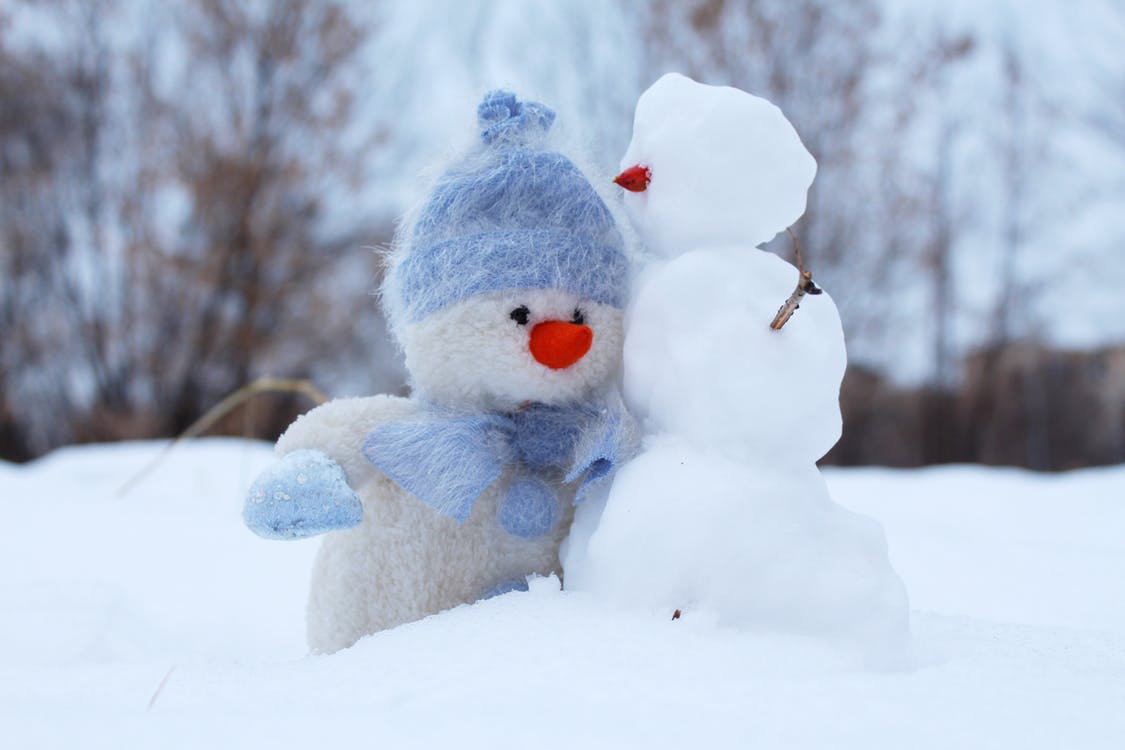With the Holiday season in full swing it’s easy to forget about winterizing your home. Since we are already approaching January, you have hopefully taken care of some of these tasks, but ignoring them could leave you with bigger problems than a stocking full of coal. To be safe, take a look below and make sure you have checked these items off of your winterizing checklist:
- Have your furnace inspected. A quick furnace inspection could save you from a costly emergency repair. Most people avoid getting an inspection because they don’t want to spend money to be told everything is just fine. Though this is understandable, costs can be a lot more than that of the inspection if you have to get an emergency repair done during the winter months. Puff backs as a result are covered by your homeowner’s coverage.
- Trim your trees. Tree branches looming over your house could pose some serious issues if not properly trimmed. Heavy snow and ice can weigh branches down and often cause them to break off, which could cause serious damage to your home as well as endanger those on your property. Get them trimmed to avoid a surprise coming through your kitchen ceiling.
- Wrap your water pipes. If possible wrap any exposed water pipes towards the outside of the premise, and those that are exposed to cooler temperatures, in insulation to keep them warm. Bursting pipes caused by freezing and expansion can be an incredible mess. Another important thing to note is that while water damage caused by bursting pipes is covered by your homeowners insurance policy, the damage to the pipes themselves is not.
- Block drafts. Older homes are more susceptible to drafts. To cut down on energy costs place a door draft block at every exterior door to insulate them from cold outside air.
- Check your vents. Always keep all vents and intake vents clear. Aside from preventing warm air from circulating into your home, blocked vents can “suffocate” your furnace, which can be costly to repair. In the event of a loss make sure you have equipment breakdown coverage with appropriate limits to avoid a fat repair bill.
- Look for loose exterior fittings. Securing any loose siding, shutters, fixtures or other exterior additions to your home is extremely important before freezing temperatures move in. Water could seep into any crevasse and cause more damage upon freezing, and strong winds can rip the fixtures right off of the house!
- Shrink-wrap your windows. If you have drafty windows but don’t want to dish out the money to replace them before the holidays, just shrink-wrap, caulk, weather-strip, or try a combination of all three to prevent cool air from entering your home.
- Reverse your fans. Reversing your ceiling fan to run clockwise during the winter will help circulate hot air from the ceiling back to the floor, as opposed to counter-clockwise fans which are great for circulating cool air in the summer. Most fans should give you the option of switching.
- Clean your gutters. Cleaning your gutters should be done every season, but when left uncleaned during the winter you can expect clogs, icing over, and even damage to the exterior of your home due to the forming of icicles.
- Stay Warm. Lastly, we all want to stay warm in our homes, so here are some final tips on how to keep your home warm in the winter months:
-
- Remove or cover any window air conditioners to reduce drafts.
- If the fireplace is not in use close the damper.
- Try to keep the door closed on an attached garage.
- Keep curtains that face the sun open during the day to warm the house, but remember to close them at night to keep the warmth in.
- Adding house plants can raise the humidity in your house, just don’t forget to water them.
-
While winterizing your entire home every year may seem like a burden, a little bit of preparation can end up saving you big bucks on repairs and even on increased insurance premiums due to claims. Along with your winter preparation, remember to contact your insurance agent or broker to make sure you are covered for anything that might happen during this winter season. Important coverage topics and information to go over include: (1) making sure you have a sufficient dwelling limits and that you meet your coinsurance requirement, (2) making sure you have equipment breakdown coverage to cover damage to your HVAC, furnace, and vacuum vessels, and (3) being sure to schedule any expensive items you may currently own or that you have received as a holiday gift,
As always, I hope you gained some useful knowledge from everything above, and if you have any questions about whether or not your home is ready for the winter weather, other winterizing tips, or anything else regarding your homeowners insurance, feel free to give us a call!

